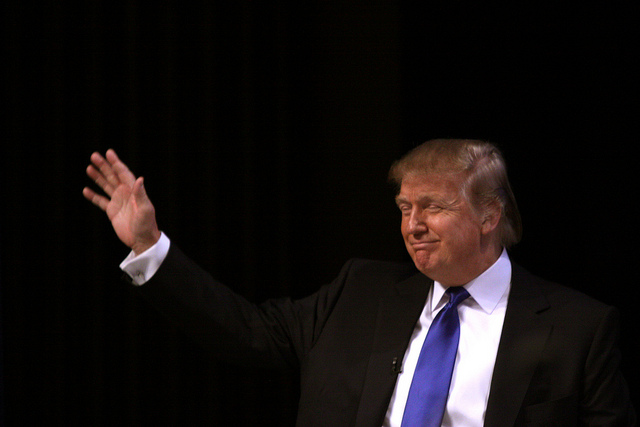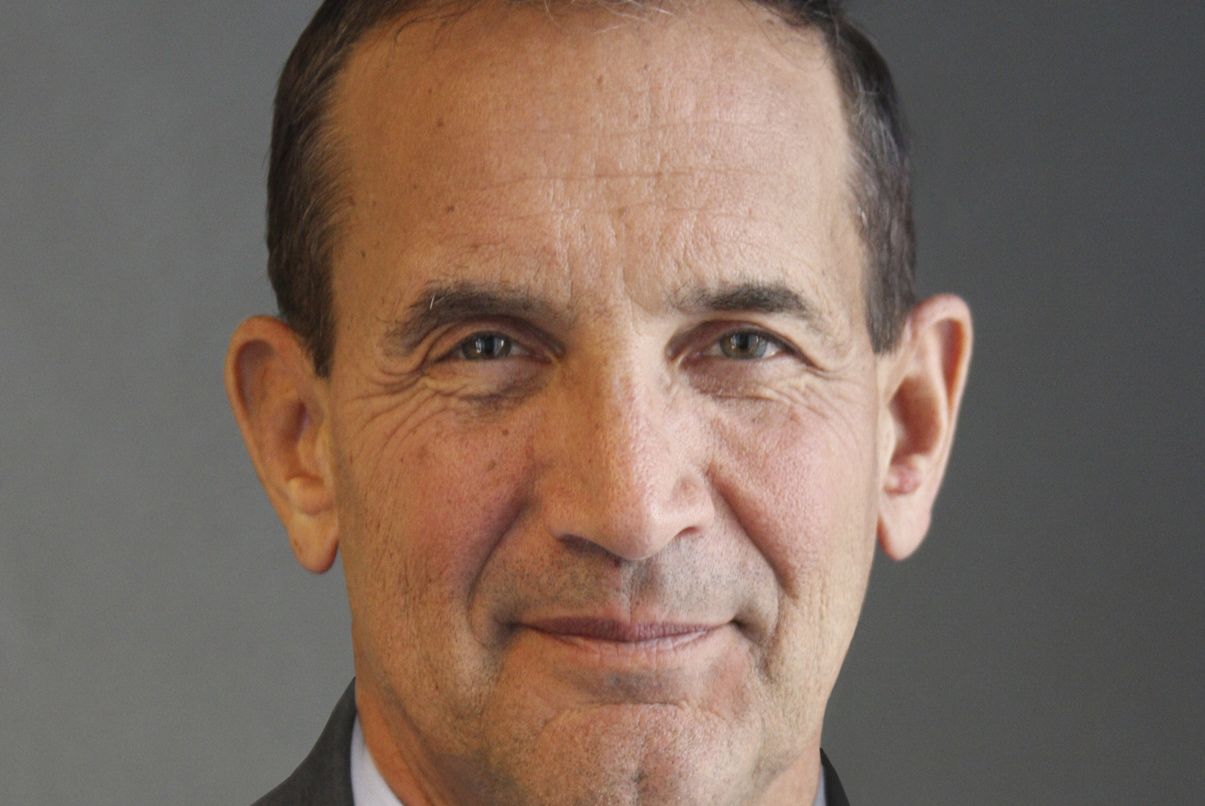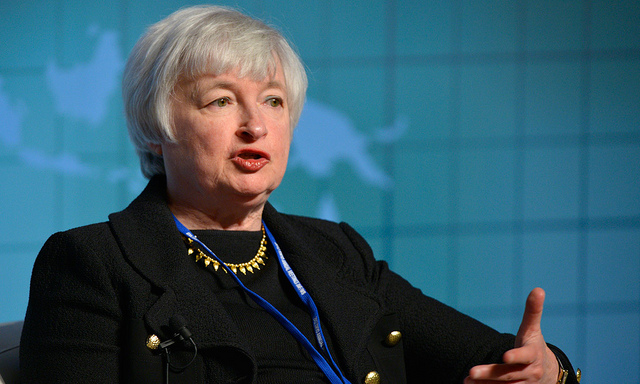After a turbulent, historic election, Republican Donald Trump was elected to the US presidency and will take office in January. Republicans also swept the Senate and House of Representatives. What does it all mean for investors?
One of Trump’s biggest campaign issues was protecting US industry, which raises the potential for import tariffs. The president, whether a Democrat or a Republican, has enormous powers regarding the regulation of international trade, including the power to unilaterally impose tariffs and duties. Given that there was downward pricing pressure in the global economy prior to the election, the addition of tariffs or countervailing duties is probably a negative for S&P 500 companies since roughly 40% of their revenues are generated outside the United States. Lower revenues and profits should be expected if deglobalization becomes a centerpiece of the Trump agenda, and I think it will.
Trump has proposed very large tax cuts, and he is likely to have the support of a Republican-led legislative branch in enacting those proposals. Lower taxes could mean many things, including larger fiscal deficits if revenues fall and government spending is not cut. At the moment, there appear to be no plans for massive spending cuts. If the deficit increases, the US Department of the Treasury will need to issue more bonds to finance it, and I believe there will be a bias toward higher interest rates in such an environment.
On the campaign trail and in the presidential debates, President-elect Trump voiced his opposition to the Federal Reserve’s low interest rate policy. While the Fed is an independent central bank, Trump may choose — when her term expires in 2018 — to replace Chair Janet Yellen with someone more hawkish, which could lead to higher short-term rates down the road. Expect the regulatory burden on banks to be less onerous under a Trump administration than it would have been under Clinton.
A few final thoughts. The risk of price controls on the pharmaceutical industry has fallen dramatically with Trump’s election. Businesses broadly will likely see a reduction in government red tape. The impact of large tax cuts remains an open question. Will they lead to a sustained boost in economic growth? History doesn’t offer much evidence of this since the biggest chunk of tax cuts falls to the top 10% of earners, who tend to be savers as opposed to spenders. A lot of the tax cuts could end up in the banks as savings rather than recirculated into the Main Street economy. It’s hard to say for sure, but the outlook from here suggests a more cautious approach is warranted for both bond and equity investors as they digest the potential for a combination of tariffs and somewhat higher interest rates in the future.
Column by MFS’ James Swanson




 For Fórmate a Fondo
For Fórmate a Fondo